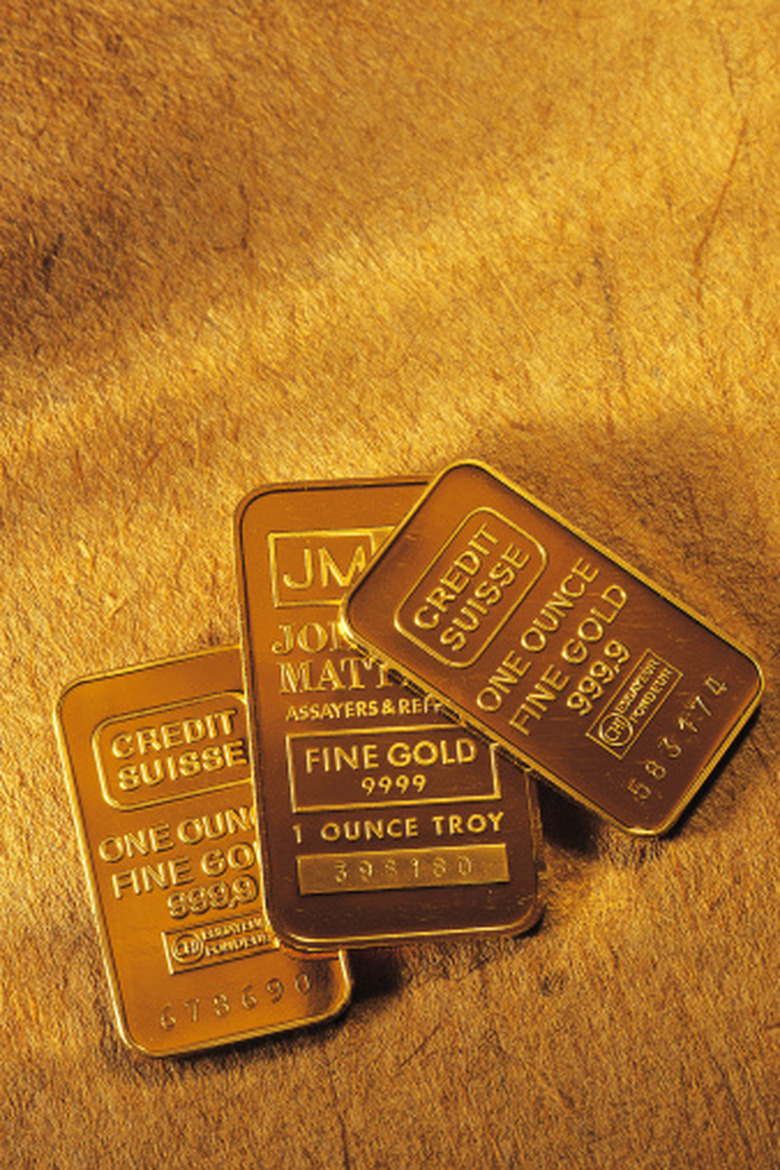Conversion Of PPM To Oz
Geologists sometimes use units of parts per million (ppm) to describe low concentrations of precious metals and minerals in ore deposits. A part per million means that there is one "part" (such as an ounce) of the metal in one million equivalent parts of ore. You can figure out the ounces (oz) of metal in any given quantity of ore by first converting the weight of ore to ounces, and then calculating based on the concentration of the metal in the ore.
Step 1
Convert the weight of ore into units of ounces, if it is not already in those units. You can find conversion factors between many common weights and ounces in almost any science or engineering reference text books. If the weight of ore was 4,000 pounds, for example, you would multiply by 16 to convert the weight into 64,000 ounces, since there are 16 ounces in a pound.
Step 2
Multiply the weight of ore, in ounces, by the concentration of metal, in ppm. In the case of the example, if the concentration were 112 ppm, you would calculate 64,000 times 112 to obtain 7,168,000.
Step 3
Divide the result of the previous calculation by one million. The value obtained from this division is the quantity of metal, in units of ounces, in the ore. The ore in the example therefore has 7,168,000 divided by 1,000,000 or 7.168 oz metal.
Things Needed
- Calculator
- Weight of ore
TL;DR (Too Long; Didn't Read)
Note that gold and other precious metals are sometimes measured in units of troy ounces, which are slightly different than the common ounce. This procedure can also be used to find troy ounces from ppm, provided the weight of ore is also initially converted to troy ounces.
Cite This Article
MLA
Judge, Michael. "Conversion Of PPM To Oz" sciencing.com, https://www.sciencing.com/conversion-ppm-oz-8626509/. 24 April 2017.
APA
Judge, Michael. (2017, April 24). Conversion Of PPM To Oz. sciencing.com. Retrieved from https://www.sciencing.com/conversion-ppm-oz-8626509/
Chicago
Judge, Michael. Conversion Of PPM To Oz last modified March 24, 2022. https://www.sciencing.com/conversion-ppm-oz-8626509/
